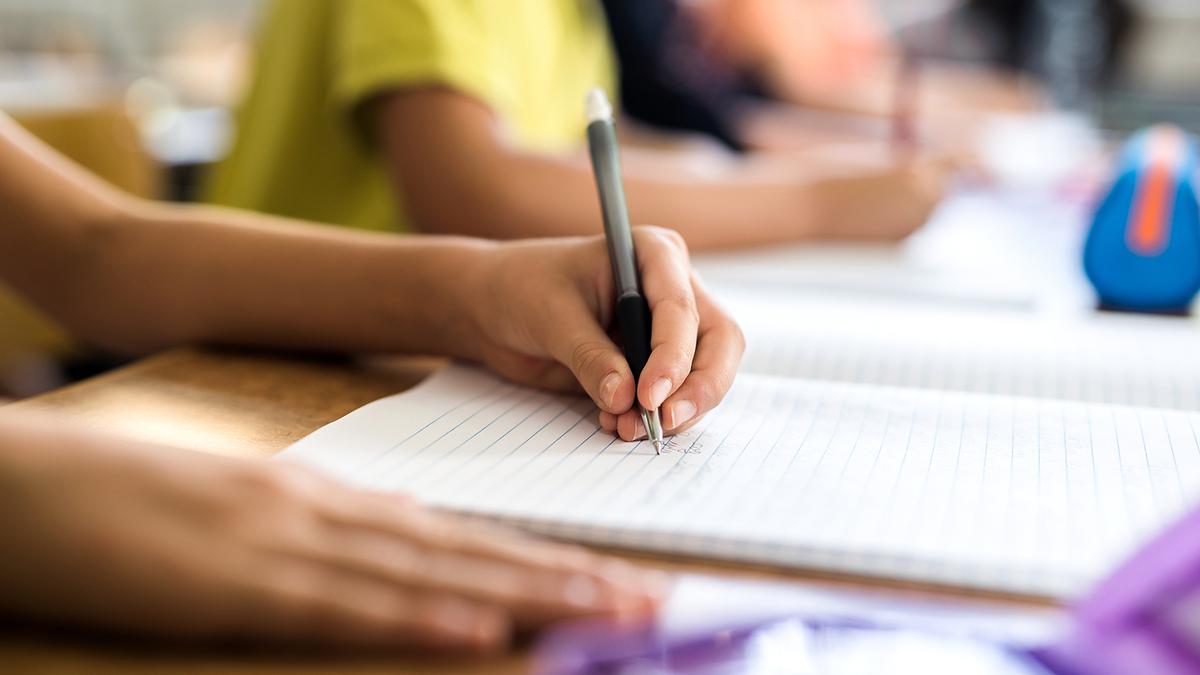
A little more than 10% of the world’s population is left-handed.
| Photo Credit: Getty Images/Istockphoto
Though I was born left-handed, I was forced to write with my right hand in kindergarten. I found it difficult to draw the curves on the C and the cross the T. The drawing and painting classes were a struggle. I find it difficult even now, to draw a full circle or objects in symmetry.
I was regularly pulled up for bad handwriting. Summer vacations were spent in classes for cursive writing using ruled exercise books. Changing one’s left or right handedness can increase the risk of learning disabilities and can cause stuttering. The brain, which is programmed in a particular way at birth, gets confused while receiving and processing information and this can lead to problems with speech and academics. I escaped both thankfully.
Besides the occasional snide remarks at school, common difficulties that one faces is with using a pair of scissors, a measuring scale or tape, computer mouse or musical instruments. Skilled workers and professionals like surgeons and dentists are at a disadvantage while using precision instruments designed for a right-hander. I managed to preserve my “dexterity” in using my dominant left hand for sports like squash, tennis and badminton. With cricket, I was a left-handed bowler and a right-handed batsman. Being left-handed helped me with better coordination with the manual gear-shift while learning to drive a car and with playing video games.
There are times I am pulled up when I hand over a document or currency with my left hand. “Sir, right hand please” is something I listen to when I subconsciously hand over items to others. It takes an extra effort to remove the wallet from the right pant-pocket, count the currency with the left hand and then transfer it to the right hand for a handover.
However, my forced ambidexterity helps me with surgeries as I can use both hands equally.
The advantage my family derives from my left-handedness is in opening a new jam jar or pickle bottle, unscrewing bottle caps for the first time in syrup medications, using a jack to change a car tyre, or unwinding any stubborn tap, screw or lid in the anti-clockwise direction.
During my stay near San Francisco, I came across a store called Lefty’s which sold merchandise for left-handers — scissors, pen grips, can openers, measuring tapes and scales and knives with a left thumb grip. I bought many knives and pairs of scissors there.
It’s easy to identify a left-hander from how they clap; the left hand is usually the upper hand during the applause. One uses the left hand to turn a door-knob and push the door. Also, while debating, one uses the left hand for gestures.
A little more than 10% of the world’s population is left-handed. Do left-handers have an intellectual or physical edge over right-handers? About 25% of U.S. Presidents, 30% of the world’s best tennis players and 40% of top batsmen are left-handed. From Leonardo da Vinci and Isaac Newton to Barack Obama and Bill Gates, we are in the august company of illustrious south-paws; a term which originated from a left-handed pitcher’s arm at the south end of a baseball diamond.
The 13th of August every year is celebrated as International Left-handers day. On this day, let us celebrate sinistrality — its advantages and disadvantages in day-to-day living and also sensitise our right-handed counterparts about the difficulties faced by left-handers. Being left-handed is neither unlucky nor evil as had been thought earlier.
Published – August 24, 2025 04:25 am IST
